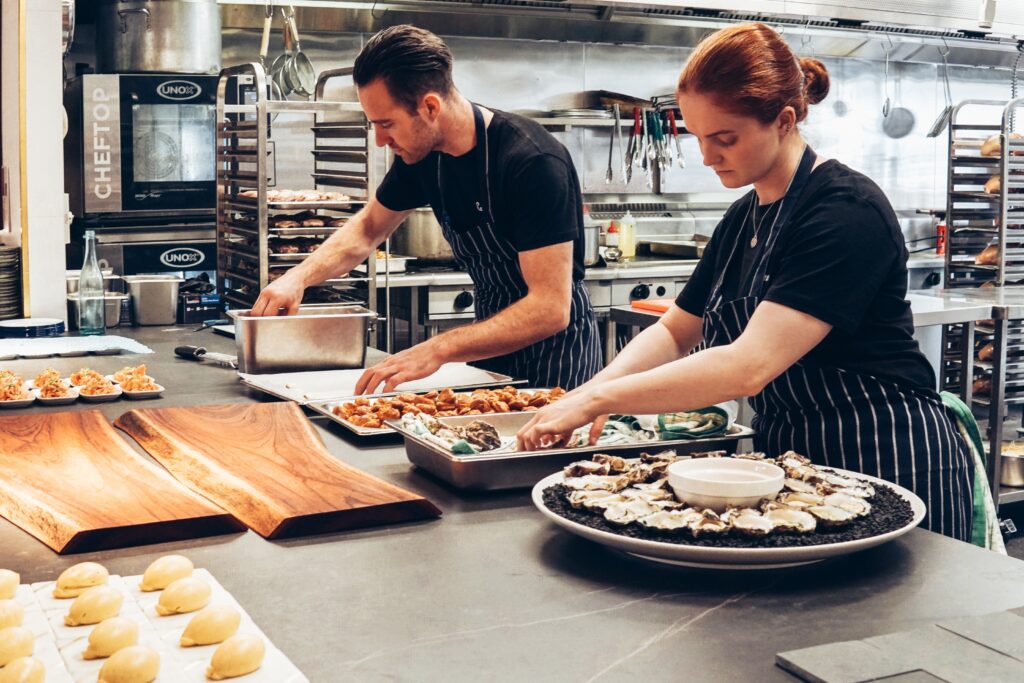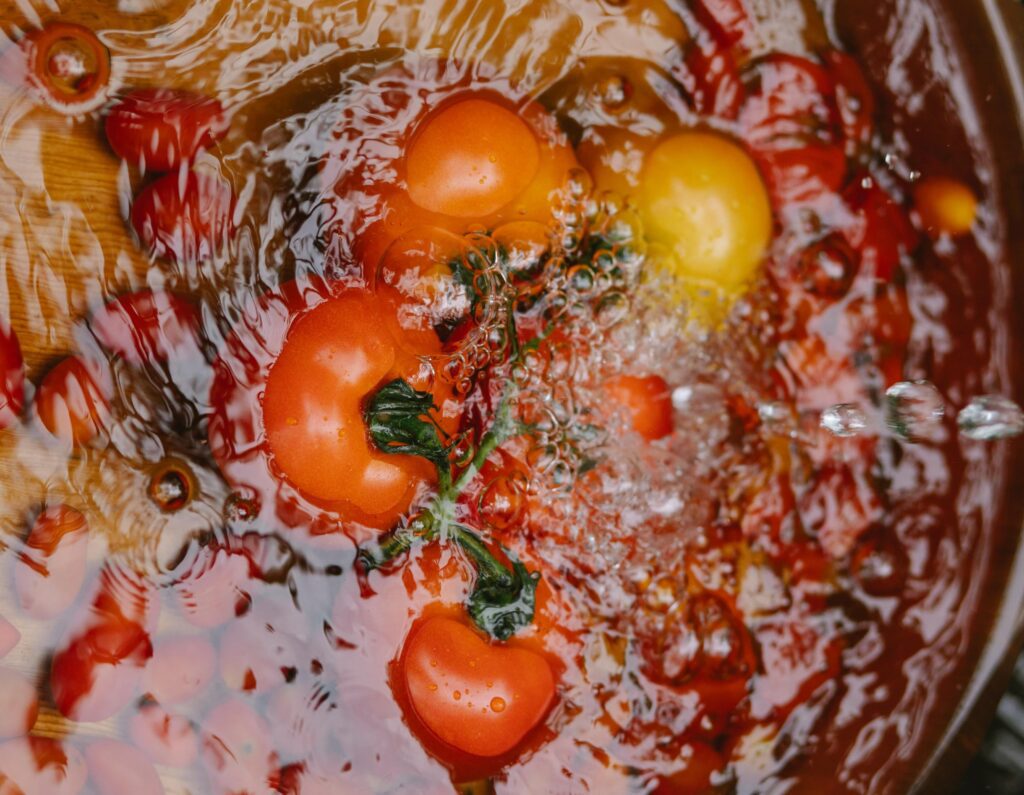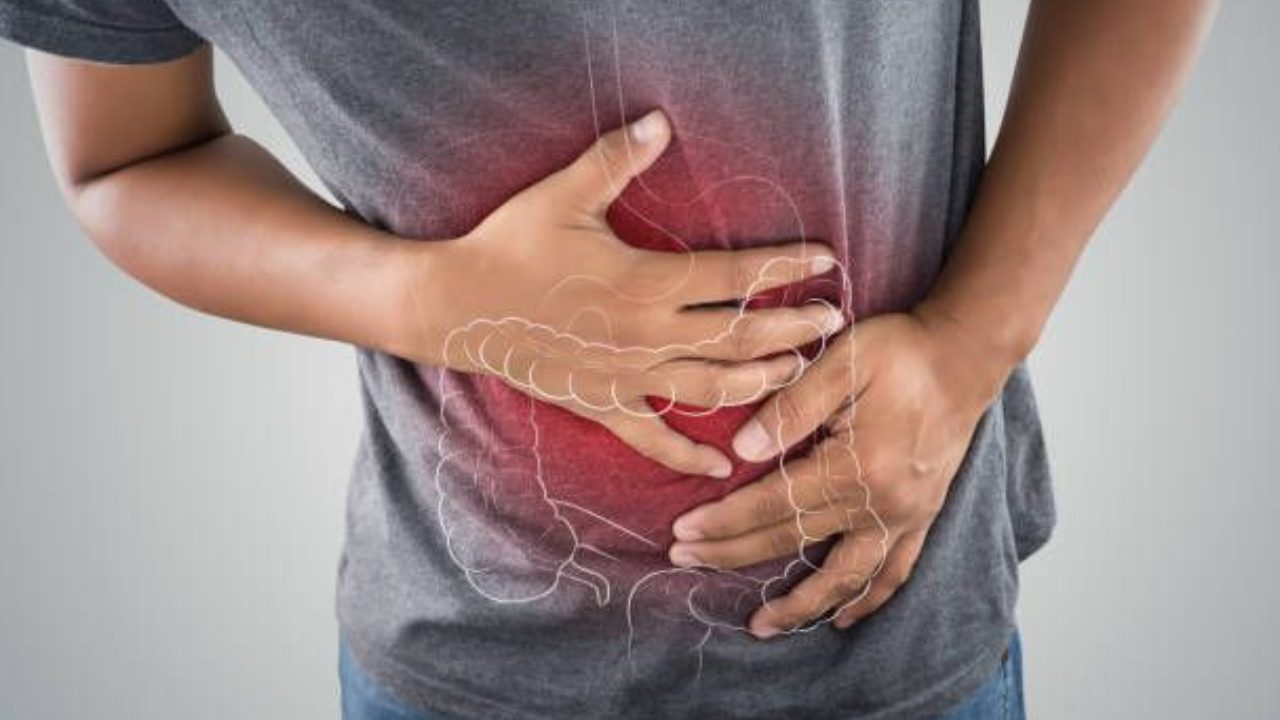Food poisoning is a significant public health issue that occurs with surprising regularity, yet is frequently underestimated. Its effects can vary widely, from mild discomfort to severe, potentially life-threatening conditions. Individuals infected by pathogenic organisms in food may not exhibit symptoms immediately, leading to asymptomatic cases. Conversely, symptoms can manifest as anything from mild gastrointestinal distress to severe complications, such as extreme dehydration, bloody diarrhea, profound fatigue, and significant alterations in overall health and consciousness.
Data from the World Health Organization (WHO) reveals troubling trends regarding food poisoning, underscoring the critical roles that bacteria, viruses, and parasites play in various foodborne illnesses. This information is vital for grasping the seriousness of the issue and emphasizes the necessity of effective preventive measures in food handling and preparation.
Consumers must also gain a thorough understanding of the food preparation process in dining establishments, encompassing everything from ingredient selection to cooking and storage techniques—all of which should prioritize minimizing contamination risks. It is crucial for restaurants and food service providers to adhere to strict food safety protocols, incorporating proper hygiene practices and quality control measures to ensure customer safety.
By raising awareness and disseminating information about food poisoning, we can not only mitigate the occurrence of these cases but also promote safe and healthy eating practices. Understanding the intricacies of food preparation, marketing, and personal risk management is essential for everyone.
Let food be thy medicine, and let medicine be thy food.
-Hippocrates
Jump To Section
Food Poisoning
You can also watch this and other exclusive GA Originals on YouTube.
Food poisoning is a health issue that arises from consuming food contaminated by pathogens or harmful microorganisms such as bacteria, parasites, and viruses. These contaminants can be found in a wide range of foods, including raw meat, eggs, unpasteurized dairy products, vegetables, and even inadequately filtered water. Contamination can occur not only at the source but also during preparation, preservation, and storage.
A key factor contributing to the proliferation of these microorganisms, often overlooked by both food industry professionals and home cooks, is the “danger zone”—a temperature range between 4°C and 60°C where pathogens thrive. When food remains in this critical temperature zone for extended periods, the risk of microbial growth significantly increases, heightening the likelihood of food poisoning.
To mitigate this risk, it’s vital to keep food out of the danger zone throughout all handling stages—from preparation to service and sale. Consider the lifecycle of food: after harvesting or slaughtering, vegetables, dairy, and meat undergo several phases, including packaging, transport, receipt, storage, and preparation, before reaching consumers. During each stage, maintaining stringent temperature control and closely monitoring the duration food spends in the danger zone is crucial.
If food is not properly cooled, left at room temperature for too long, or inadequately stored, it poses a risk of fostering harmful microorganisms, potentially leading to serious foodborne illnesses that threaten individual and public health. Thus, promoting awareness and education among everyone involved in food handling is essential for ensuring food safety and preventing the risk of contamination.
How Food Is Prepared In Restaurants?

In restaurants, it is crucial to recognize that most food is not made fresh at the moment a customer orders. Instead, many dishes are prepared in advance, refrigerated to store them for a few days, and then reheated before serving. Consequently, it’s a misconception to think each meal is crafted from scratch solely for you right when you order. This large-scale preparation is vital for many food establishments, promoting efficiency and consistency in the quality of the dishes served.
Food safety measures play a key role in this process. For instance, refrigerating food at temperatures below 4°C significantly slows the growth of harmful microorganisms. At -18°C or lower, in the freezer, these microorganisms become inactive, as if hibernating. Thus, lower storage temperatures help inhibit the activity of pathogens, enhancing food safety and minimizing health risks to consumers.
Additionally, storing food above 60°C also inhibits microorganism growth, but these organisms are only fully eliminated when food reaches a temperature of 70°C. To ensure the right temperatures during food preparation and service, using a calibrated digital thermometer is recommended. For accurate readings, the thermometer probe should be inserted into the thickest part of the food and held there for at least 15 seconds.
In food establishments such as restaurants, bars, and cafes, cold preparations—like salads, desserts, and raw dishes—should be maintained at temperatures at or below 4°C for no longer than two hours. Conversely, hot food must be kept above 60°C for a maximum of six hours to ensure safety. Another critical consideration is thawing food. Food should never be defrosted at room temperature, as this creates a “danger zone” where bacteria can multiply rapidly.
The safest method to thaw food is in the refrigerator at 4°C. Although this method takes time—sometimes a day or more—it is the most reliable for keeping food safe. Alternatively, food can be defrosted using cold running water, ensuring it is submerged in a container at 4°C with continuous circulation. This method allows for quicker yet safe defrosting.
Additionally, defrosting small portions directly in the pan as part of the cooking process is an effective strategy that expedites preparation while maintaining safety. However, defrosting large items in the microwave may lead to uneven heating, which poses food safety risks. Thus, meticulous attention to food handling and preparation is essential for ensuring that meals are not only delicious but also safe for all.
Preventing Food Poisoning

Food poisoning poses a significant public health risk that can impact individuals of all ages. This condition typically arises when we consume food contaminated with bacteria, viruses, parasites, or chemicals. While it can be severe, there are numerous strategies we can implement to mitigate the risk of food poisoning. Here are essential tips to help us maintain food safety:
- Handwashing: Prior to preparing or consuming food, it’s crucial to wash your hands thoroughly with soap and water. This simple yet effective practice is one of the best defenses against contamination, as many pathogens transfer through the hands.
- Food Cleaning: Always wash fruits and vegetables under running water before consumption. When possible, peel produce, particularly if it will be eaten raw.
- Proper Cooking: Cooking food to the correct temperature is vital for eliminating harmful pathogens. Utilize a food thermometer to confirm that meat, poultry, and seafood reach their recommended internal temperatures.
- Safe Storage: After cooking, ensure that food is stored at the correct temperature. Refrigerate cooked meals within two hours; holding them above 4°C can encourage bacterial growth.
- Avoid Cross-Contamination: Use separate utensils for raw and cooked foods. For instance, never cut raw meat on the same cutting board used for vegetables unless it has been thoroughly cleaned in between.
- Checking Expiration Dates: Always inspect expiration dates on food items before consumption. Additionally, watch for signs of spoilage, such as changes in color, texture, or odor, which may indicate unsafe food.
- Beware of Prepared and Ready-to-Eat Foods: When dining at establishments, opt for those known for good hygiene practices. When selecting ready-to-eat meals, ensure they have been stored and managed properly.
- Beware of Risk Groups: Certain populations, such as pregnant women, the elderly, children, and those with compromised immune systems, are more vulnerable to food poisoning. These groups need to prioritize food safety.
- Education and Awareness: Understanding food safety and the risks associated with food poisoning is crucial. Whenever possible, participate in workshops or courses on safe food handling.
- Regular Reviews: Finally, routinely review and update your food safety practices, especially when incorporating new recipes or ingredients.
By adhering to these guidelines, you can significantly reduce food poisoning risks and foster a healthier diet. Prevention and awareness are key to ensuring your safety.
Bottom Line
Food poisoning results from consuming food or beverages contaminated with pathogens like bacteria and viruses. Its symptoms can vary from mild to severe, including nausea, vomiting, diarrhea, abdominal cramps, and occasionally fever, often manifesting hours or days following ingestion. Dehydration is a frequent complication, particularly in children and the elderly, due to the loss of fluids.
The primary culprits are undercooked foods, cross-contamination, and inadequate hygiene. Commonly implicated foods include raw meats, eggs, and unpasteurized dairy products. To prevent food poisoning, it’s essential to adhere to food safety practices such as thorough handwashing and proper cooking techniques.
When treatment is necessary, the emphasis is placed on rest and hydration. Ultimately, food poisoning represents a significant public health concern that can be mitigated through effective food handling practices.
Did you like this article?
I hope this article has helped you improve your skills. To learn more, take a look at Is It Safe To Wash Meat Before Cooking?
Leave a comment below and share our content.
Help our community grow by following our social media on Spotify, Instagram, Facebook, Youtube, and Tiktok. And stay up to date with the news from the world of Gastronomy.
Don’t forget to tag @gastrovinoacademy on Instagram and hashtag it #gastrovinoacademy.
Cheers 🍷



Can I simply say what a relief to seek out someone who actually knows what theyre speaking about on the internet. You undoubtedly know how to bring an issue to mild and make it important. Extra folks must learn this and understand this aspect of the story. I cant consider youre no more standard since you positively have the gift.